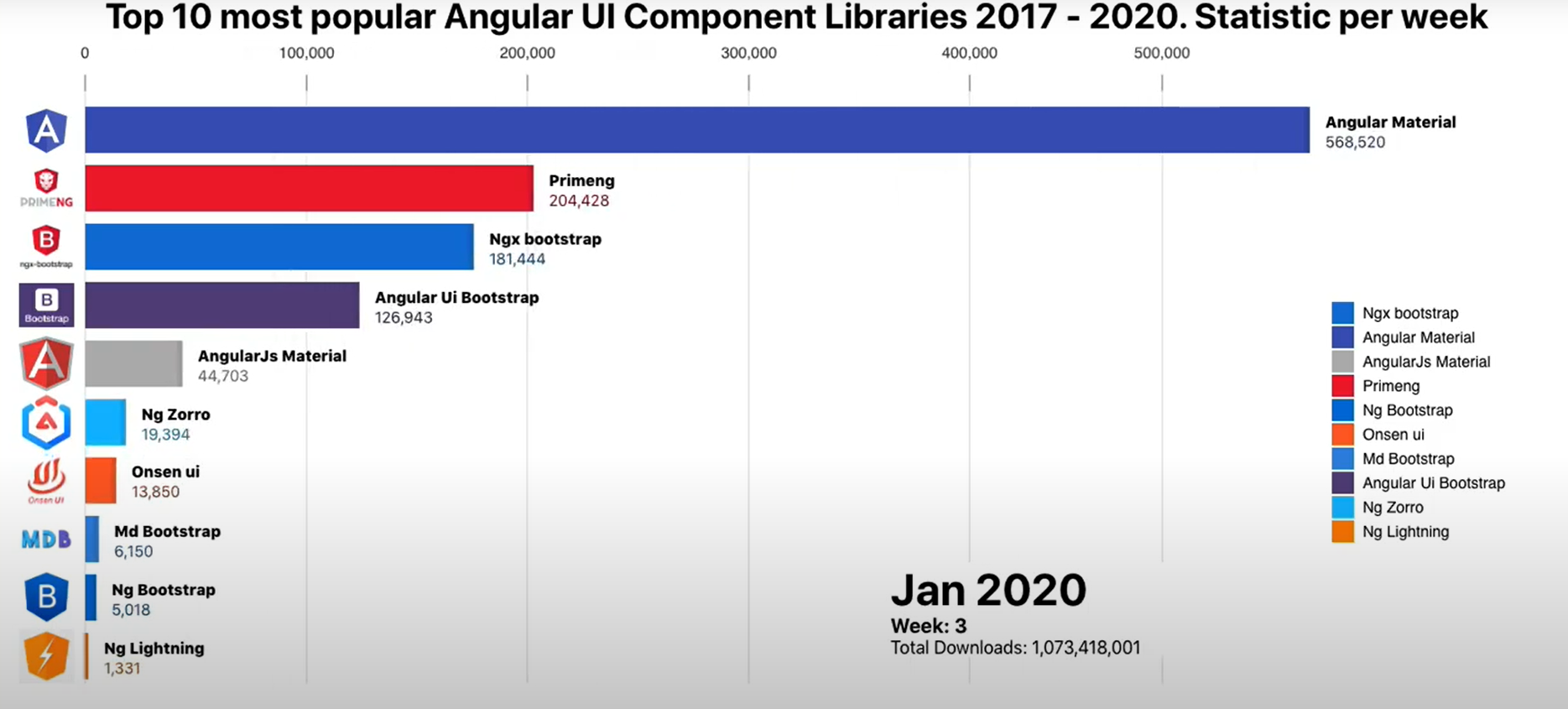Ant Design and Material Design are both popular UI frameworks for building Angular applications, but they differ in design philosophy and component offerings.
-
Ant Design:
- Focuses on a clean, elegant design with a business-oriented feel.
- Provides a comprehensive set of high-quality components tailored for enterprise-level applications.
- Features a more complex, detailed style with a lot of out-of-the-box components, but can be more opinionated in design.
-
Material Design:
- Developed by Google, it follows the “material” design language emphasizing simple, flat, and intuitive interfaces.
- Offers a clean, consistent design, with animations and transitions that create a more fluid user experience.
- Used widely across both web and mobile platforms, providing a good balance of functionality and aesthetics.
Finally:
- Choose Ant Design for enterprise-focused, feature-rich UI components.
- Choose Material Design for simpler, more widely adopted designs with a focus on consistency and ease of use.

NG-ZORRO (Ant Design) vs Angular Material:
-
Design System:
- NG-ZORRO: Based on Ant Design, offering a business-oriented, elegant design with rich, enterprise-level components.
- Angular Material: Follows Material Design by Google, known for its clean, simple, and intuitive user interface with smooth animations.
-
Library Comparisons:
- NG-ZORRO: Used in Angular with the NG-ZORRO library.
- Angular Material: Directly integrated in Angular as Angular Material.
- React: Ant Design uses antd, while Material Design uses Material-UI.
- Vue: Ant Design uses ant-design-vue, while Material Design uses Vue Material.
Learn more about how to setup NG-ZORRO-: https://medium.com/@sapananavtake27/ng-zorro-203d15ac0b3e.
Here are some Angular project templates:
Here’s how you can add ng-zorro-antd to any Angular project using cdk:
-
Create a new Angular project (if you don’t already have one):
ng new my-angular-project cd my-angular-project -
Add ng-zorro-antd to the project: Run the following command to install ng-zorro-antd using the Angular CLI:
ng add ng-zorro-antd

-
Import the necessary NgZorro module: In your
app.module.ts, import theNzButtonModule(or any other required ng-zorro modules) and add them to theimportsarray. Must be check ng zorro version before use make sure to check the NG-ZORRO version before using it. (Version 17.4 is used here. If an update is needed, you must first update Angular core and animations.)import { NzButtonModule } from 'ng-zorro-antd/button'; @NgModule({ declarations: [AppComponent], imports: [BrowserModule, NzButtonModule], bootstrap: [AppComponent] }) export class AppModule {} -
Start using ng-zorro components: Now, you can start using ng-zorro components like buttons in your templates:
<button nz-button nzType="primary">Primary Button</button>
That’s it! You’ve successfully added ng-zorro-antd to your Angular project using the Angular CDK.